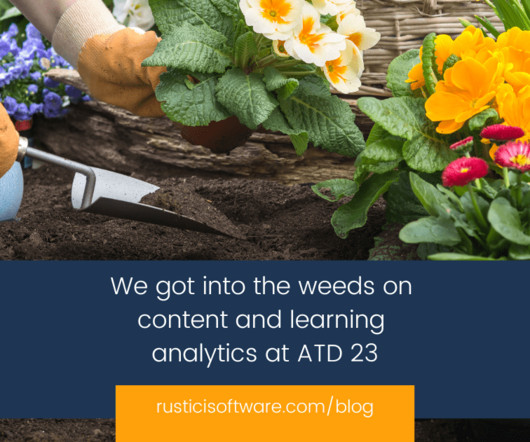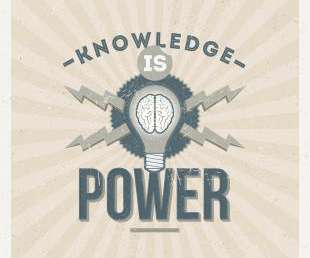We got into the weeds on content and learning analytics at ATD 23
Rustici Software
JUNE 20, 2023
For those that couldn’t make it, this article originally published on the ATD blog , is a handy summary of what we talked about. It’s springtime and things are finally blooming again! You spent time and care building out your courses and took great pains to deliver them to your learners. Which are used least frequently?










































Let's personalize your content